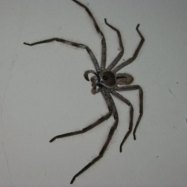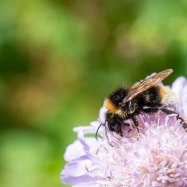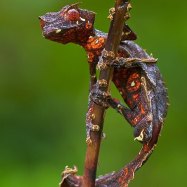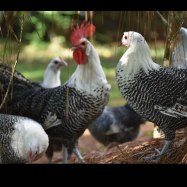
Pig
1.5 - 2.5 meters
Pigs are commonly found in farms, forests, and rural areas. These chubby and lovable animals belong to the Suidae family and can grow up to 1.5 - 2.5 meters in length. Their stocky and barrel-shaped body make them easy to identify. Apart from being adorable, pigs are also intelligent and curious creatures. #Pigs #FarmAnimals #RuralLife
Animal Details Summary:
Common Name: Pig
Kingdom: Animalia
Habitat: Various habitats including forests, grasslands, and wetlands
Pigs: The Versatile and Adorable Farm Animal
Pigs, scientifically known as Sus scrofa, are incredible creatures that have been domesticated by humans for thousands of years. They are one of the most versatile and widely distributed farm animals in the world, with a long and fascinating history of coexisting with humans. These intelligent and social animals have captured the hearts of many with their adorable features, and in this article, we will delve deeper into the world of pigs.History and Habitat
Pigs belong to the Animalia Kingdom, part of the Chordata Phylum, and the Mammalia Class Pig. They are classified under the Artiodactyla Order and the Suidae Family, which includes other species such as wild boars and warthogs. Pigs can be found in various habitats, including forests, grasslands, and wetlands, making them adaptable and resilient animals.Pigs have been domesticated from wild boars in Eurasia, mainly for their meat, and the earliest records of pig domestication date back to 5000 BC in China and 7000 BC in Europe. Since then, pigs have been introduced to many other regions around the world, and they are now present in almost every country.
Appearance and Physical Characteristics
One of the things that make pigs so endearing is their charming and unique appearance. They come in various colors, including black, white, and pink, and they have a distinctive stocky body shape with a barrel-shaped torso. On average, pigs measure between 1.5 to 2.5 meters in length and can weigh anywhere from 50 to 350 kilograms, depending on the breed and their diet Pelagornis.Pigs have a thick and bristly coat, which provides protection from the elements. They also have four short legs, each armed with four toes, making them excellent runners and diggers. Their heads are adorned with a pair of floppy ears that they use to regulate their body temperature, as pigs do not have sweat glands. They also have a snout which they use for rooting and searching for food in the ground.
Feeding and Diet
Pigs are omnivorous, meaning they have a diverse diet consisting of both plant and animal matter. In the wild, they forage for nuts, fruits, roots, and insects, as well as small animals such as reptiles and rodents. On farms, pigs are fed a diet of grains, vegetables, and by-products from the food industry.Pigs have a unique digestive system that allows them to digest a wide variety of foods, including cellulose and other tough plant materials. They are also efficient at converting their food into energy, making them valuable for farmers looking to produce high-quality meat.
Behavior and Social Dynamics
Pigs are highly social and intelligent animals, with a complex social hierarchy within their groups. In the wild, pigs form small herds consisting of a male and several females, and their young offspring. They communicate with each other using a variety of sounds, from grunts and squeals to barks and snorts.Pigs are also incredibly intelligent, and studies have shown that they are capable of learning and performing complex tasks. They are also playful animals, and on farms, they enjoy toys and puzzles to keep them mentally stimulated. Pigs are also known for their cleanliness, and they create separate areas for eating, sleeping, and using the bathroom.
Uses and Importance
Pigs have been domesticated for many purposes, with their main use being a source of meat. They are raised for pork, bacon, and ham, which are staple foods in many regions around the world. Pigs are also valuable for their by-products such as lard, gelatin, and leather.In addition to their role in the food industry, pigs are used in medical research due to their physiological similarities to humans. They also play a significant role in waste management, as they can consume and digest a wide range of organic waste. Some farmers also use pigs for hunting, as their keen sense of smell makes them excellent at tracking game.
Pigs in Culture and Media
Pigs have been depicted in various forms of media, from children's books and cartoons to movies and commercials. They are often portrayed as cute and friendly animals, making them ideal for children's entertainment. Pigs have also been associated with the three little pigs, a popular fable that has been adapted into countless retellings over the years.In some cultures, pigs hold significant cultural and symbolic value. For example, in Chinese and German cultures, pigs are considered symbols of wealth and good luck, and it is believed that keeping a pig figurine in the house will bring prosperity. However, pigs are also associated with gluttony and dirtiness in some cultures, contributing to negative stereotypes about these animals.
In Conclusion
Pigs are truly remarkable animals, with a long and intriguing history of coexisting with humans. Their adaptability, intelligence, and unique physical characteristics make them stand out among other farm animals. From their diverse diet to their complex social dynamics, pigs continue to fascinate and charm people of all ages. As we continue to learn more about these animals, it is clear that they play a crucial role in our lives and have much more to offer than just being a source of food. So, the next time you come across a pig on a farm or in a park, take a moment to appreciate these amazing animals and all that they have to offer.
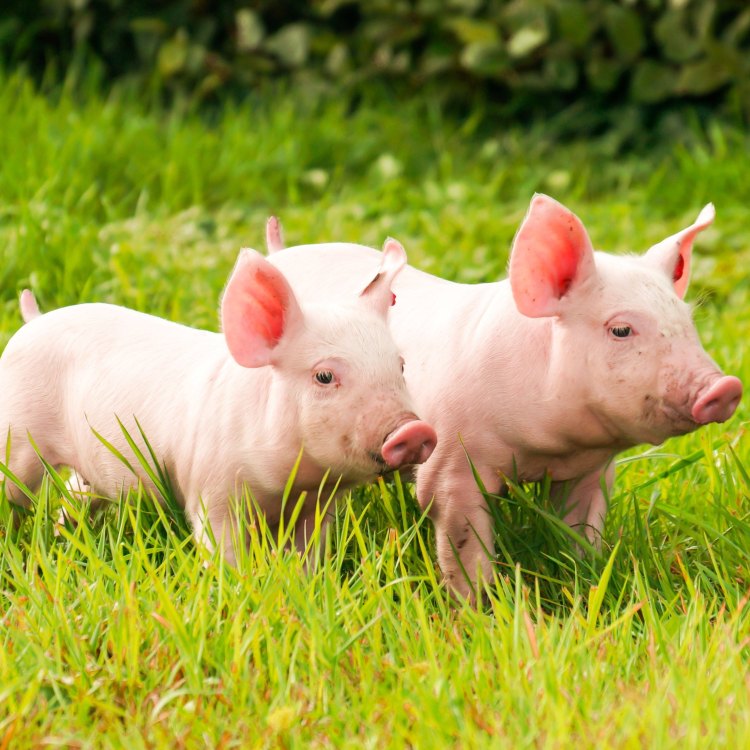
Pig
Animal Details Pig - Scientific Name: Sus scrofa
- Category: Animals P
- Scientific Name: Sus scrofa
- Common Name: Pig
- Kingdom: Animalia
- Phylum: Chordata
- Class: Mammalia
- Order: Artiodactyla
- Family: Suidae
- Habitat: Various habitats including forests, grasslands, and wetlands
- Feeding Method: Omnivorous
- Geographical Distribution: Worldwide
- Country of Origin: Domesticated from wild boars in Eurasia
- Location: Farms, forests, and rural areas
- Animal Coloration: Various colors including black, white, and pink
- Body Shape: Stocky with a barrel-shaped body
- Length: 1.5 - 2.5 meters
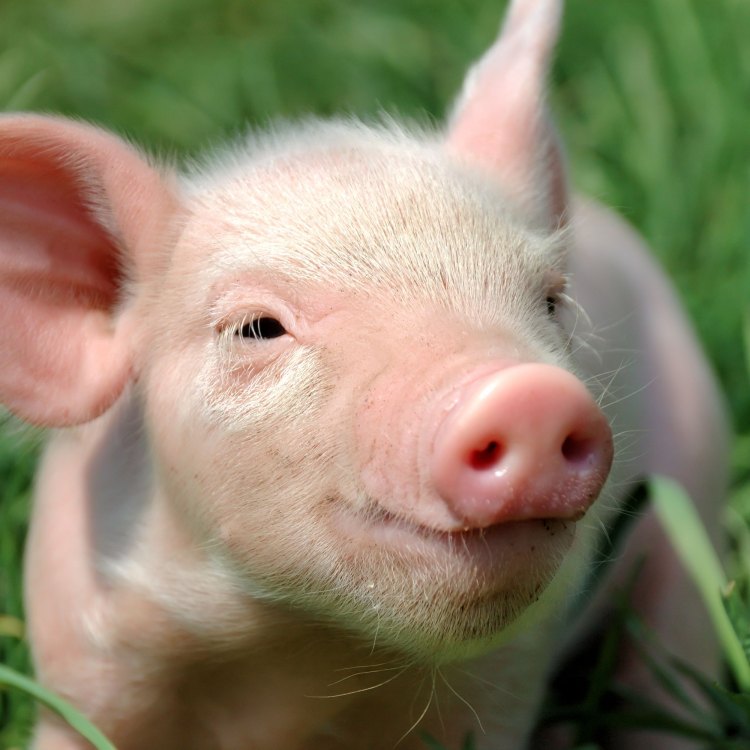
Pig
- Adult Size: Up to 200 kilograms
- Average Lifespan: 10 - 20 years
- Reproduction: Sexual
- Reproductive Behavior: Breeding occurs year-round
- Sound or Call: Grunting
- Migration Pattern: Non-migratory
- Social Groups: Social animals, live in groups or herds
- Behavior: Curious and intelligent
- Threats: Hunting and habitat loss
- Conservation Status: Domesticated - Least Concern
- Impact on Ecosystem: Can cause damage through rooting and wallowing behavior
- Human Use: Source of meat and other products, used in scientific research
- Distinctive Features: Large head, snout, and erect ears
- Interesting Facts: Pigs have a great sense of smell and are known for their ability to find truffles. They are also very social animals and can form strong bonds with other pigs.
- Predator: Predators include wolves, bears, and big cats
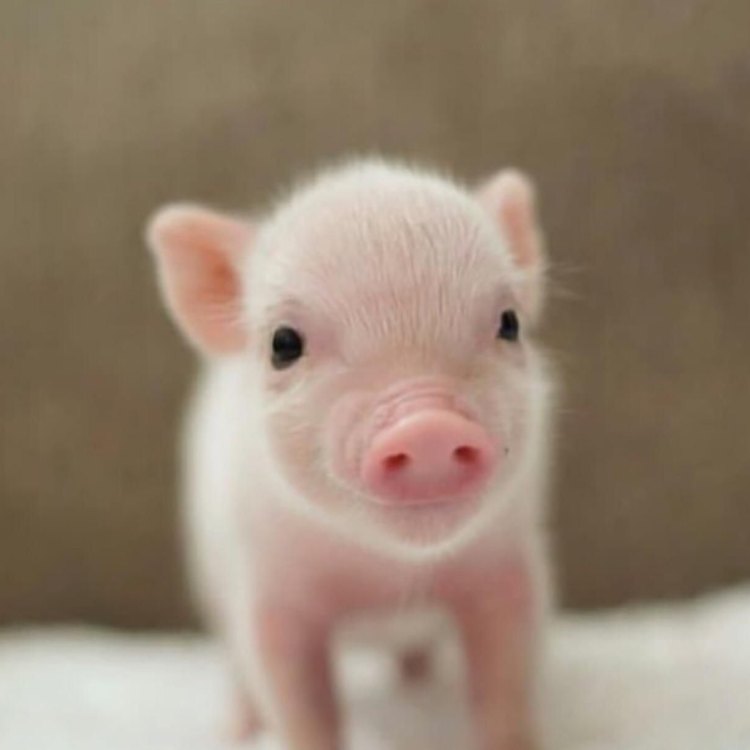
Sus scrofa
The Incredible World of Pigs
When you think of a pig, the first image that may come to mind is a plump, pink farm animal rolling in the mud. While this may be a common depiction, there is so much more to these intelligent creatures. From their unique features to their importance in the ecosystem, pigs have a fascinating world that is worth exploring. Let's take a deep dive into the life of pigs and unravel the many interesting facts and features of these creatures PeaceOfAnimals.Com.First and foremost, pigs are one of the most widespread domestic animals, with over one billion pigs found around the world. They are native to Europe and Asia but can now be found in almost every continent, with the exception of Antarctica. Pigs are considered domesticated animals, meaning they have been selectively bred over generations to serve various purposes, mainly for food production.
The average adult size of a pig can range from 120 to 200 kilograms, with some breeds growing even larger. This makes them one of the largest domestic animals, making it no surprise that they are often used for the production of meat. Interestingly, pigs have a relatively long lifespan compared to other domestic animals, with an average of 10 to 20 years. This is due to their healthy diet and the proper care they receive from farmers.
Pigs are unique in their reproductive behavior as they are known for being sexually reproductive animals. Unlike some animals who have specific breeding seasons, pigs can breed year-round, making them a reliable source for farmers looking to expand their pig population Pacific Spaghetti Eel. It is common for pigs to reach reproductive maturity by six months of age, but some larger breeds may take up to a year to reach sexual maturity.
Another interesting aspect of pig behavior is their communication. Pigs are known for their distinctive grunting sounds, which they use to communicate with each other. Piglets, in particular, make different sounds to communicate with their mothers and other pigs. This is a crucial aspect of their behavior that helps them stay connected and form social groups, which brings us to the next point.
Pigs are social animals and tend to live in groups or herds. They are highly intelligent and exhibit curious behavior, making them fascinating animals to observe. In fact, pigs have often been referred to as one of the most intelligent domestic animals, with an intelligence level similar to that of dogs. They have good memories, can solve problems, and even show signs of empathy towards other pigs.
Unfortunately, pigs are facing a multitude of threats in the wild. One of the most significant threats is hunting, both for their meat and as a source of entertainment for humans. In some regions, feral pigs have become a nuisance, damaging crops and causing harm to the ecosystem. Additionally, their habitat is being destroyed due to deforestation and human development. These threats have resulted in different species of pigs being categorized as vulnerable, endangered, and even critically endangered.
However, not all pigs are facing the same threats. The domestic pig, also known as the domesticated pig, has a much more stable population and is categorized as "Least Concern" on the International Union for Conservation of Nature (IUCN) Red List. Domestic pigs are bred and raised specifically for their meat and other products, making their conservation status slightly different from their wild counterparts.
Domestic pigs also have a significant impact on the ecosystem, both positive and negative. On one hand, domestic pigs play a crucial role in food production, providing a source of meat and other products for humans. They are also used in scientific research to understand various medical conditions and develop treatments. However, on the other hand, domestic pigs can cause damage through their rooting and wallowing behavior. This can lead to soil erosion, destruction of vegetation, and other ecological disruptions.
One of the most distinctive features of pigs is their large head, snout, and erect ears. These features make them stand out among other domestic animals and have also led to their portrayal in popular culture, such as the iconic character of Peppa Pig. Pigs also have a keen sense of smell, which is essential for their survival in the wild. Their strong sense of smell makes them excellent truffle hunters, and they have been used for this purpose for centuries.
Speaking of interesting facts, did you know that pigs can form strong bonds and even friendships with other pigs? They are very social animals and enjoy living in herds, where they can communicate, play, and even snuggle with each other. In some cases, when pigs are separated from their social group, they can experience anxiety and stress, just like humans do. This highlights the emotional and social intelligence of these creatures, making them even more fascinating to study.
As with any animal, pigs also have their share of predators. In the wild, pigs are often targeted by predators such as wolves, bears, and big cats. Pigs, especially the domesticated ones, are not built for defense or speed, making them easy prey for these predators. However, farmers take precautions to protect their pigs from predators, as the loss of these animals can have a significant impact on their livelihood.
In conclusion, pigs are remarkable creatures with a wealth of interesting features and behaviors. From their intelligence to their social bonds and their role in the ecosystem, pigs have a vital place in the world. While they may be commonly associated with food production, it is essential to remember that these intelligent and curious animals deserve our respect and protection. By understanding and appreciating the unique world of pigs, we can work towards their conservation and ensure their survival for generations to come.
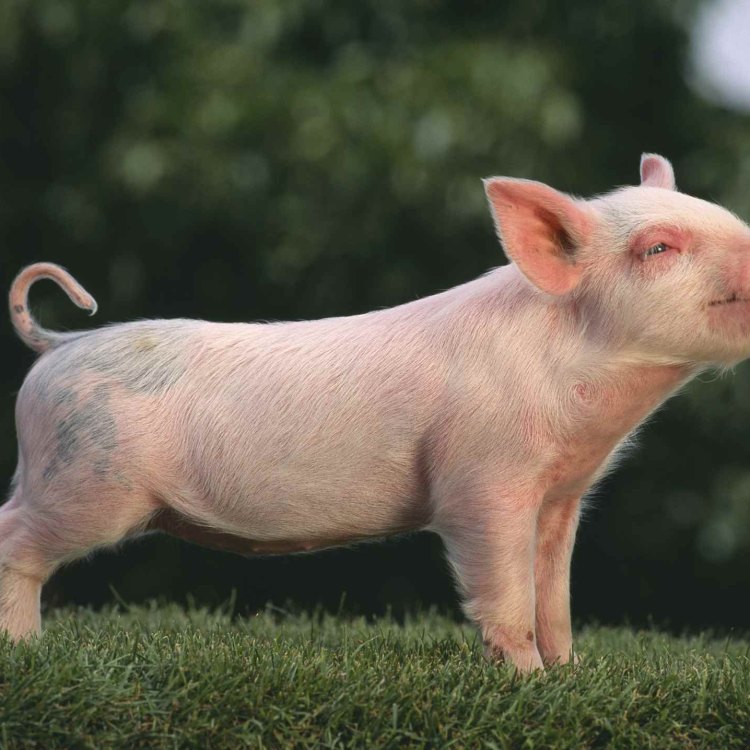
Pigs: The Versatile and Adorable Farm Animal
Disclaimer: The content provided is for informational purposes only. We cannot guarantee the accuracy of the information on this page 100%. All information provided here may change without prior notice.





